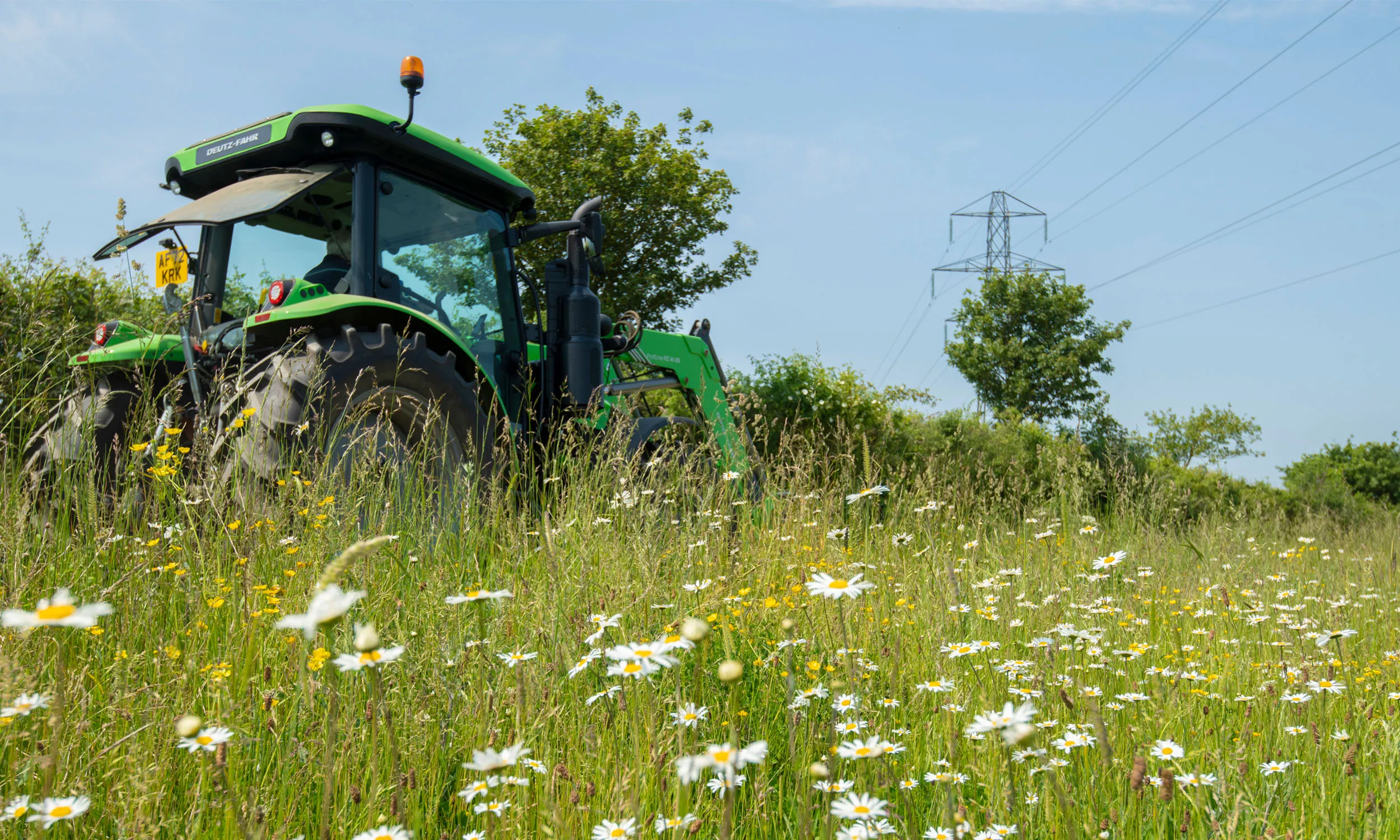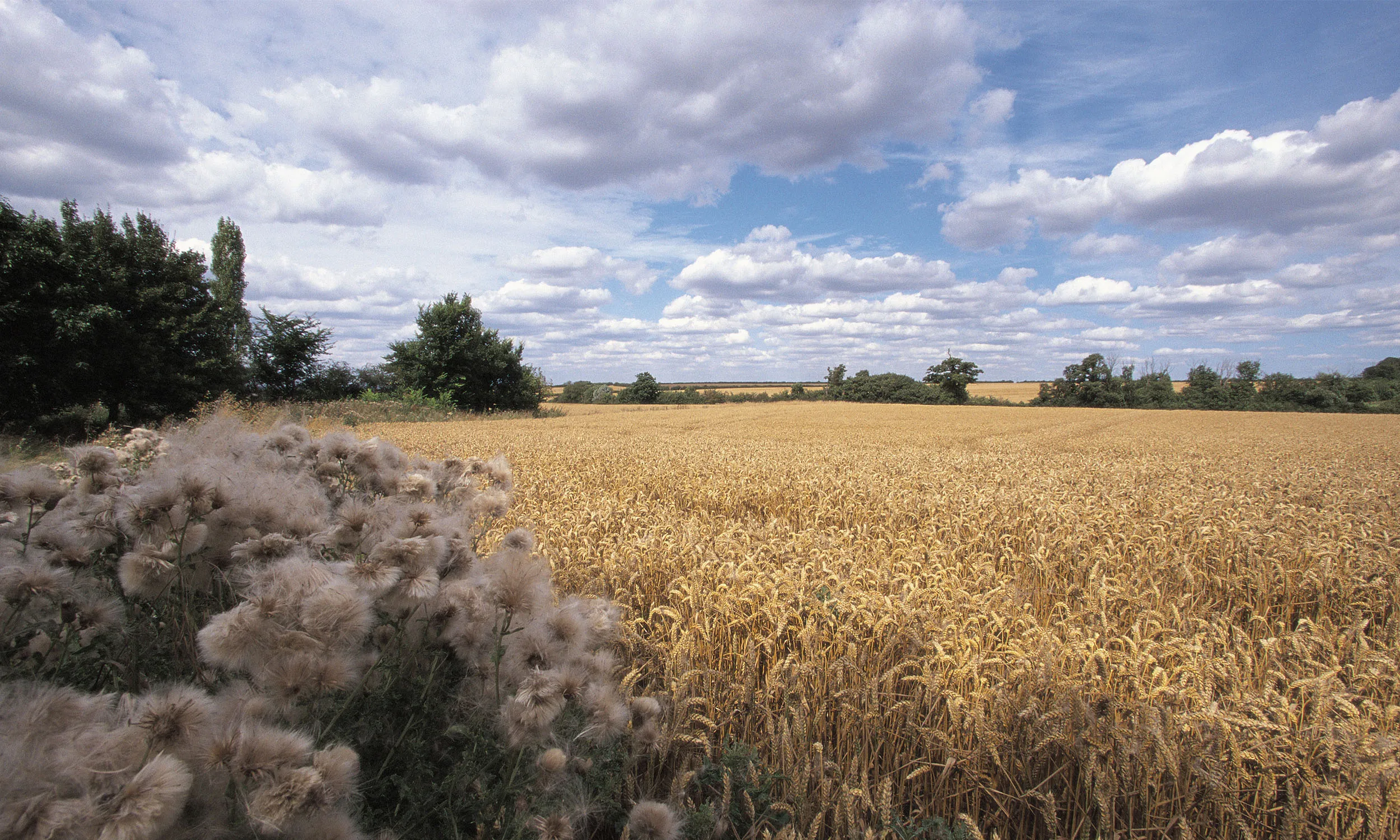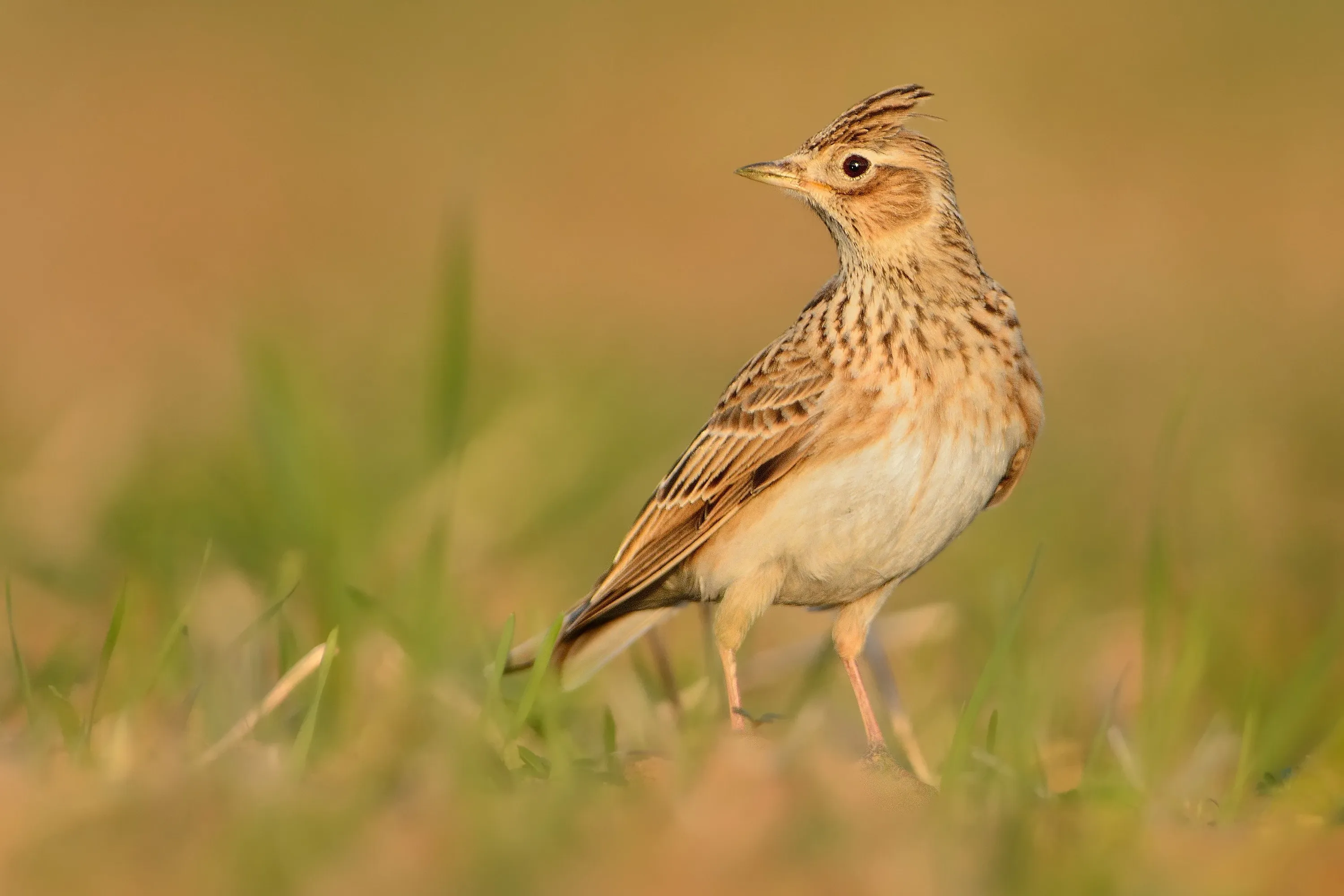News
Eight ways birds beat bitter weather
We look at eight strategies birds employ to get them through the colder months.
Today Government gave an update on its plans to make farming more nature-friendly in England. There were improvements, but there’s still much work to be done. Here’s our thoughts.

Today’s announcement focused on Environmental Land Management (ELM) schemes. These are the post-Brexit schemes designed to support farmers across England to restore and improve nature and the environment, alongside food production. They’re being fully rolled out this year, through an Agricultural Transition Plan which outlines how we’ll move from the former EU Common Agricultural Policy (CAP) to the new ELM schemes.
The update today was seen as a vital opportunity for Government to answer many of the questions farmers, landowners and conservationists have about the details of the new schemes.

There were some key improvements. Government announced that farmers and landowners will be provided with a lot more options they can choose from so they can make the right nature-friendly choices for the different habitats and landscapes they manage. Government also announced more funding for its green farming schemes through ELM, offering farmers higher payment rates for the options they choose. This is good news for farming and nature, with the nature and climate crises posing the biggest medium to long-term risk to food security.
It was low on detail and there’s no long-term roadmap
Today’s announcement fails to provide the detail and long-term roadmap farmers badly need to switch to ELM schemes smoothly and effectively. A joined-up comprehensive plan is needed which provides a sense of direction, so farmers have confidence in the scheme. This includes clear targets and a structure which means there are the right rewards for farmers to make the right nature-restoring actions in the right place at the scale needed. Without this, ELM schemes risk missing the mark.
There’s still not enough access to quality advice
Today’s update doesn’t go far enough to increase access to good quality, nature-positive advice for farmers, which is crucial for getting the most out of new schemes like this. With more options within ELM now available, this is more important than ever. We’ve seen previously that good advice supports farmers to take the most beneficial action for nature for the different landscapes they manage.
There are gaps in protections and no plan to fill them
At the end of December 2023, a set of rules for farmers and landowners to follow to claim certain rural payments came to an end. This was called cross compliance and included protections for England’s hedgerows, soil and water courses. The Government’s update included no mention of plans to replace these vital protections.

Around 70% of England is farmed, with much of the countryside we see and explore used for agriculture in some way. But in the last few decades, many species of farmland wildlife have dramatically declined, with farmland birds declining by 59% since 1970. In just the last five years of slow progress in implementing ELM schemes, farmland birds have declined by a further 8%.
UK Government has committed to halting nature’s decline by 2030 and to see it reversed by 2042. We can only do this if we support farmers to be part of nature’s recovery. Research shows at least 41% of farmers need to manage at least 10% of their land for nature just to stabilise the population of farmland birds in England. It’s vital that ELM schemes increase support for nature-friendly farming to help iconic and much-loved species like the Red Listed Skylark, Yellowhammer and Lapwing recover.

The Department for Environment Food & Rural Affairs (Defra) must make good on their promise to make a key environmentally friendly ELM scheme (the Countryside Stewardship Higher Tier) available to more farmers and landowners. They also need to make sure quality advice and guidance is available to support farmers to take the right actions in the right places. Only then will ELM schemes truly secure nature-friendly farming and halt biodiversity loss.
You can read more about what changes are needed to make sure ELM schemes truly deliver for nature here.